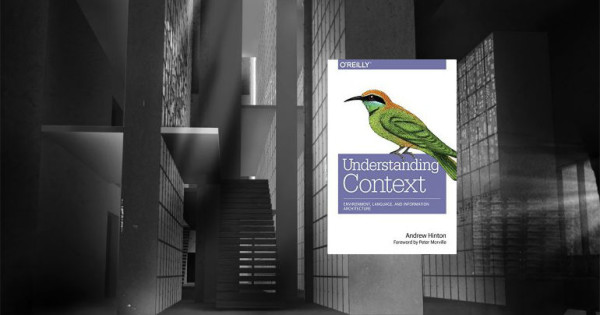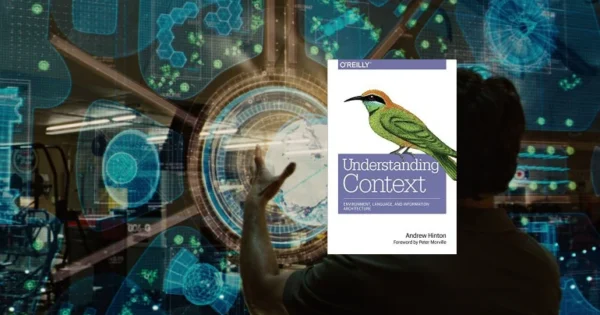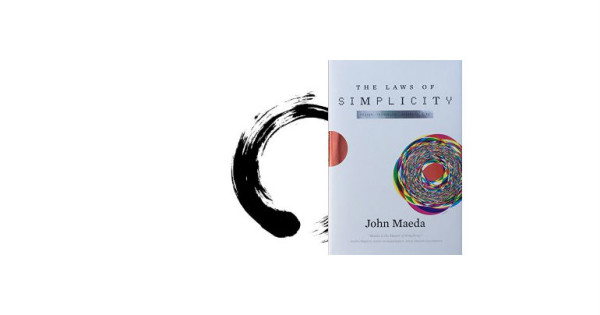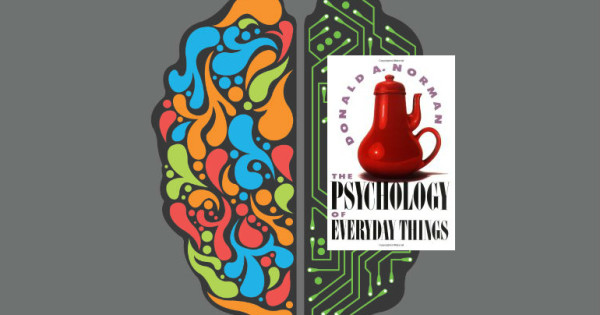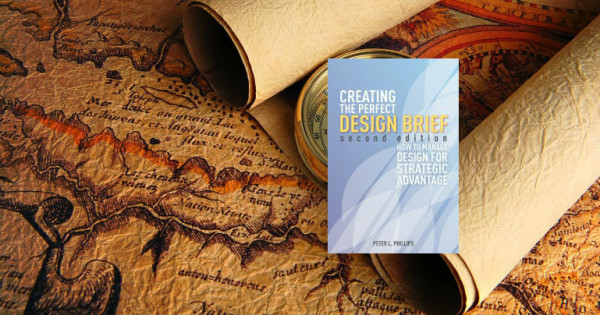-
Information Spaces
Our lives blend virtual and physical identities, realities, and places. Understanding context requires mapping the changing and overlapping elements of our environments. Understanding Context: Environment, Language, and Information Architecture by Andrew Hinton Understanding Context covers a many aspects of context, focused mostly on digital environments. The book brings together intersecting and related fields and theories in sociology, linguistics, and computer science to describe the way ... -
Understanding Context
Context consists of three modes of information: physical, semantic, and digital. Each of these structures has its own dynamics, discovery methods, modes of understanding, and ways of knowing. Understanding Context: Environment, Language, and Information Architecture by Andrew Hinton This book takes readers on an extended journey through the structure and components of context. Hinton describes each layer of context, devoting several chapters to ... -
The Laws of Simplicity
Thoughtfully reduce size, features, and time to move towards simplicity. Simplicity and complexity need each other. Some things cannot be simplified. The Laws of Simplicity (Simplicity: Design, Technology, Business, Life) by John Maeda This book is a collection of principles which point towards simplicity. Maeda includes examples from design, education, business, and life (messy closets) in this book which encourages us to put into ... -
Well Designed
Use empathy to discover valuable insights about your customers. Continually seek out signals from the market and synthesize your findings into a compelling design strategy. Well-Designed: How to Use Empathy to Create Products People Love by Jon Kolko Well-Designed asks: how are products which people love built? The answer: a design process built around empathy and anchored on emotional qualities. Jon Kolko, ... -
Habit Design
Hooked: How to Build Habit-Forming Products by Nir Eyal Initiating a behavior requires a trigger, motivation, and ability. To get users over this threshold, start with making your product or service easier to user (increase ability). It is much harder to create motivation. In Hooked author Nir Eyal introduces BJ Fogg’s Behavioral Model. The Fogg Behavioral Model says that “a given behavior will occur when motivation, ... -
The Psychology of Everyday Things
Design is an act of communication and relies on an understanding of human behavior and cognition. Good design embodies the right amount of information to create a working conceptual model of the product in the mind of the person using it. The Psychology Of Everyday Things by Donald A Norman In The Design of Everyday Things Don Norman covers design principles, human behavior, ... -
The design of everyday things
Good design relies on affordances (interactions between people and their environments) and signifiers (signs that communicate which actions are possible and how they should be performed). Because not all affordances are perceivable, designers must focus on signifiers to create usable objects. Mappings, feedback, and conceptual models contribute to an effective design by communicating effectively to the user. The Design of Everyday ... -
The perfect design brief
Designers cannot be successful if the problem and solution parameters are not known. Great design briefs are the result of a partnership between design and business. Creating the Perfect Design Brief: How to Manage Design for Strategic Advantage by Peter Phillips Partnership between design and business Creating the Perfect Design Brief: How to Manage Design for Strategic Advantage outlines the recipe for ...
